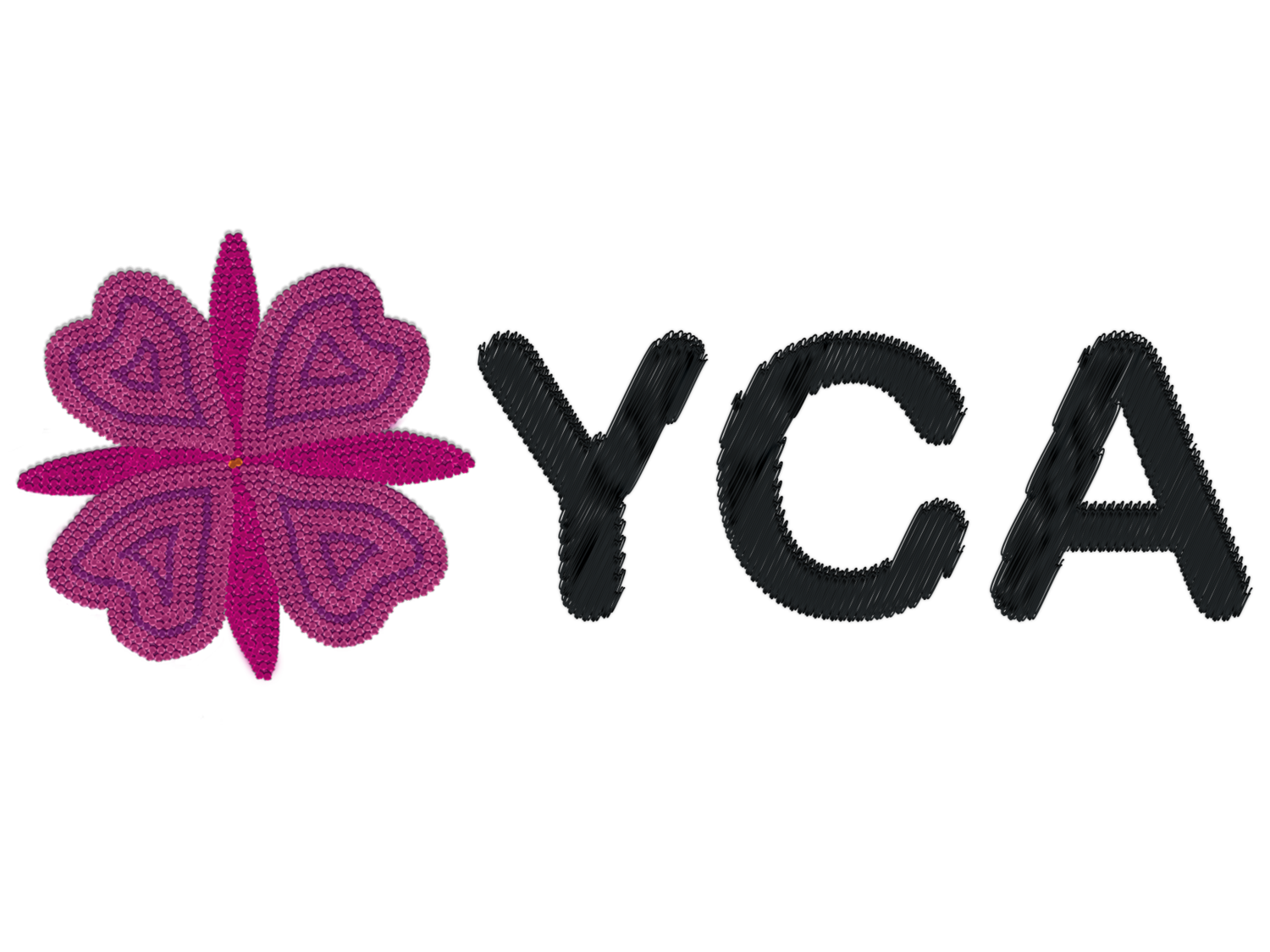What Happens When You Send an Archivist Out to Visit Communities?
Well the answer to that is “wonderful things” apparently!
After a warm, sunny summer break, we are getting back into archival gear for a new round of community visits and exciting archival activities. As the Itinerant Community Archivist, I for one, am truly excited to continue providing advisory services to our members and participating in more council activities. This year, we started our journey with Shannon Walker at the Southern Tutchone Tribal Council (STTC) working on digitizing their collections of audio and video materials. There were some awesome Aduli (Traditional Teachings) recordings and photos of valuable elders in the tiny Whitehorse office. The project is underway with thanks to Mike Rudyk (A CBC North Reporter/Editor) digitizing the catalogued recordings to recommended archival standards [Link].
Next on the list was the Yukon Native Language Centre’s (YNLC) extensive language materials. We are excited to get our hands in on organizing, inventorying, and describing this treasure trove of information! These language materials are the crux of knowledge for many of the endangered indigenous languages in the Yukon. For many of the communities, being able to learn their language from their elder’s voices again will be a big step forward in the indigenous language revitalization initiative.
I want to take a moment to congratulate YNLC and Angela Code for their success in joining the Library & Archives Canada’s Indigenous Documentary Heritage Initiatives. We look forward to welcoming Angela Code to the archival community here in the Yukon when she comes back from her LAC intensive training in Ottawa!
During late August, when the air was starting to get a bit cooler, I headed up towards Congdon Creek to join the Kluane First Nation (KFN) community at their Culture and Harvest Gathering camp. While not all of the visit consisted of strictly archival or records-related work, it was an invaluable opportunity to network, meet people and create lasting relations with the people there. We often think of archival work as an at-the-desk, paper-based job and while that can be true, I believe that a lot of the archival bonds in Indigenous archives are with the people. We may record oral history onto audiotapes or in digital formats, but the oral tradition of passing each story from one person to another is the context of those oral histories that is much more difficult to capture in your conventional archival record. Just by being with the people, stories of the past pop out from one end and flows into another story at the other end in fluid, almost organic motions.
While creating meat bags or talking about medicinal plants, the elders that pass by or teach me these activities, teach me so much more than just the action itself. You end up learning about the evolution of the activity, the meaning, the personal connections, etcetera. It is much like walking into a library where the books are free and you can learn things you never thought you would end up knowing except here, the books are the people and the libraries are the communities. All in all, it was an out-of-the-archival world experience that helped to regain trust amongst communities and institutions and help re-build those connections to the Indigenous community.
At Congdon Creek Camp for Kluane Culture and Harvest Gathering Camp (2018 Aug)
Sewing and Painting Meat Bags at Kluane Culture and Harvest Gathering Camp (2018 Aug)
Beverley Gray at KFN Culture and Harvest Gathering Camp teaching us how to make arnica creams (2018 Aug)
Fuzzy Plants near Congdon Creek Camp
Next on the travel list was White River First Nation in Beaver Creek. When I arrived, the town was buzzing with tourists speaking different languages, with friendly smiles left and right. It was wonderful to work with the White River Language Team. While sometimes it can be admittedly difficult to catch someone in the communities to work with on archival or records management tasks, it was a pleasure to have someone point you to the best connection to speak to and help break the ice when you arrived. The “Welcoming Party” mid-week was also a treat to be able to present YCA activities and answer questions from community members. Together we came up with several inspiring ideas just at the spur of the moment for creating a new language centre and repository.
Bridge in Beaver Creek to Administration Building
Snacking Feast for Welcoming Party
WRFN Band Office
Finally, after the excitement in Beaver Creek, I headed back to Haines Junction to meet with Champagne & Aishihik First Nation’s (CAFN) new archivist Nancy Vanden-Eykel. As a new archivist to the Yukon, I was glad to be able to meet her and pass on all my knowledge of the who, what, when, where and whys at the Da Ku Archives. It was also a great opportunity to get her connected to all the different resources and people here that she could tap into when needed.
The archival community in the Yukon can be very dispersed and isolated, especially if you are in a community far from others. That is why knowing who and how to connect with, in order to find other people dealing with similar issues you are also having is a great asset because as the saying goes “two heads are better than one” and a network of heads can create miracles!
That concludes the travel stories thus far, but it is not the end of our travels, in fact I am pretty sure I am just getting started! So expect to see more of the “Community Archivist Travels” blog soon
